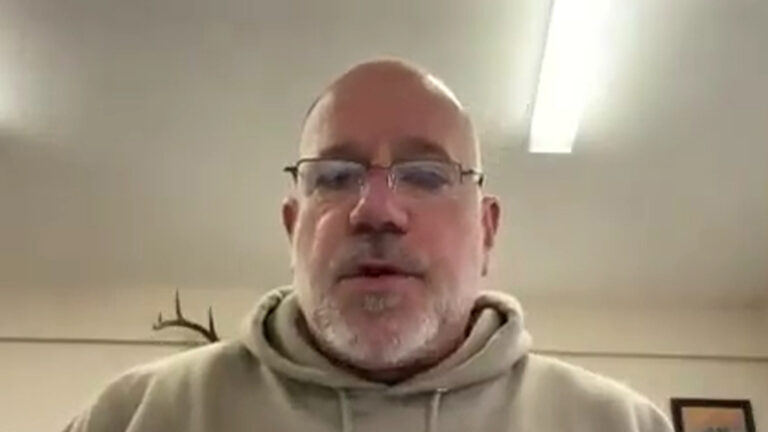A taxidermist has revealed the inner workings of his business that freeze-dries exotic pets and other wild animals.
Chuck Rupert said Second Life freeze-dries treat everything, including human feet, but there's one animal that can never be preserved.
In 2014, at the age of 50, Rupert suddenly lost his job in the oil and gas business and had to start looking for other opportunities.
He started working part-time with a friend who owned a taxidermy business in rural Pennsylvania, and when his friend retired, he decided to turn it into a full-time job.
Rupert, a hunter and trapper, had a great affinity for animals and could easily prepare their bodies for preservation.
Ten years later, he's treating a huge collection of animals and says he's never had an unhappy customer at Second Life.
“I'm kind of a perfectionist,” Rupert said in an exclusive conversation with the US Sun.
Rupert worked with a wide range of animals, including sugar gliders, guinea pigs, deer, and squirrels.
However, most of his business comes from small pets such as cats and dogs.
The freeze-drying process extracts all the moisture from what you put inside the machine, so it can harden almost anything.
That being said, there are some types of creatures that Rupert will never accept.
“I refused to work with hairless animals,” said the professional taxidermist.
“I cannot predict that the freeze-drying process will yield good results.”
When animals are left in extreme cold for weeks or months, their skin loses all color.
The ghostly colors are usually hidden by fur, and only the nose and paws are treated with paint.
However, there is no way to repair hairless creatures after going through the freeze-drying process.
Rupert also said large dogs such as golden retrievers and other large creatures will no longer be frozen because it can take up to a year to complete.
When asked about his wildest experience as a taxidermist, Rupert immediately recalled the time he received a strange request to freeze-dry a human foot.
The customer told Rupert that it belonged to his mother, who had just been amputated, and that he needed to keep it for religious reasons.
Rupert said he believes that in order for a person to pass on to the afterlife, it is necessary to bury the whole body.
“I said I could physically do it, but I didn't know if I could do it,” the business owner said.
The taxidermist called a local undertaker and asked if he had ever encountered such a grueling situation.
The director said it would be okay if the body parts were frozen and transported overnight.
Rupert agreed to have her foot frozen and received a call from the hospital where her mother underwent surgery.
The woman called to determine whether Rupert was legitimate and asked him to prove that he was, in fact, running a freeze-dried taxidermy business.
He showed her his website and she agreed to ship the leg to him since the hospital refused to return it to the family.
“If she had been buried without legs, she would have lost them forever,” he said.
“I don't think anyone wanted to put it in the freezer.”


